Journeying back in time to explore one of the earliest examples of mark-making - prehistoric cave art. Room 16 students examined images of ancient handprints and drawings found deep inside caves and asked:
Why do you think people created cave art?
Because they like to draw
For people to enjoy
To share information to people who may not have seen it
To make the cave pretty
To tell a story
Through this discussion, students began to understand that people have always used art to share ideas and experiences with others.
The next step was to create cave-inspired artwork. This was a chance for students to learn about texture, layering, and using different materials to make meaning. Students crumpled brown paper to mimic the feel of cave walls. Once dry, they used chalk to draw around their hands - just like early humans did thousands of years ago.
This step wasn’t easy
It was hard to get the chalk between my fingers!
My hand kept moving and the shape looked a bit wobbly
These challenges became great learning opportunities. Students had to problem-solve, show perseverance, and practice fine motor skills. Once the outlines were complete, students added charcoal and used their fingers to gently smudge the lines - learning how tools and techniques can add depth and realism to art.
It looks like a real cave drawing!
The tamariki didn’t just create incredible artwork - they also shared it confidently with others. At the whole school assembly, Room 16 presented their cave art and spoke to the audience using clear, strong voices.
I was a bit nervous, but I liked showing my art to the big kids
This experience is connected strongly to the Te Mātaiaho: The Refreshed New Zealand Curriculum Phase 1 (0–6 months at school) learning intentions, including:
-
Exploring different ways people express themselves through art
-
Developing creativity and using materials with purpose
-
Building confidence in oral language and presentation skills
-
Beginning to understand how people share stories and information
Through this inquiry, Room 16 students gained more than art skills. They discovered that making a mark means thinking, creating, problem-solving, and communicating. Whether with chalk or charcoal, paper or voice, these learners are beginning to understand that every mark they make tells a story - about the past, about others, and themselves.
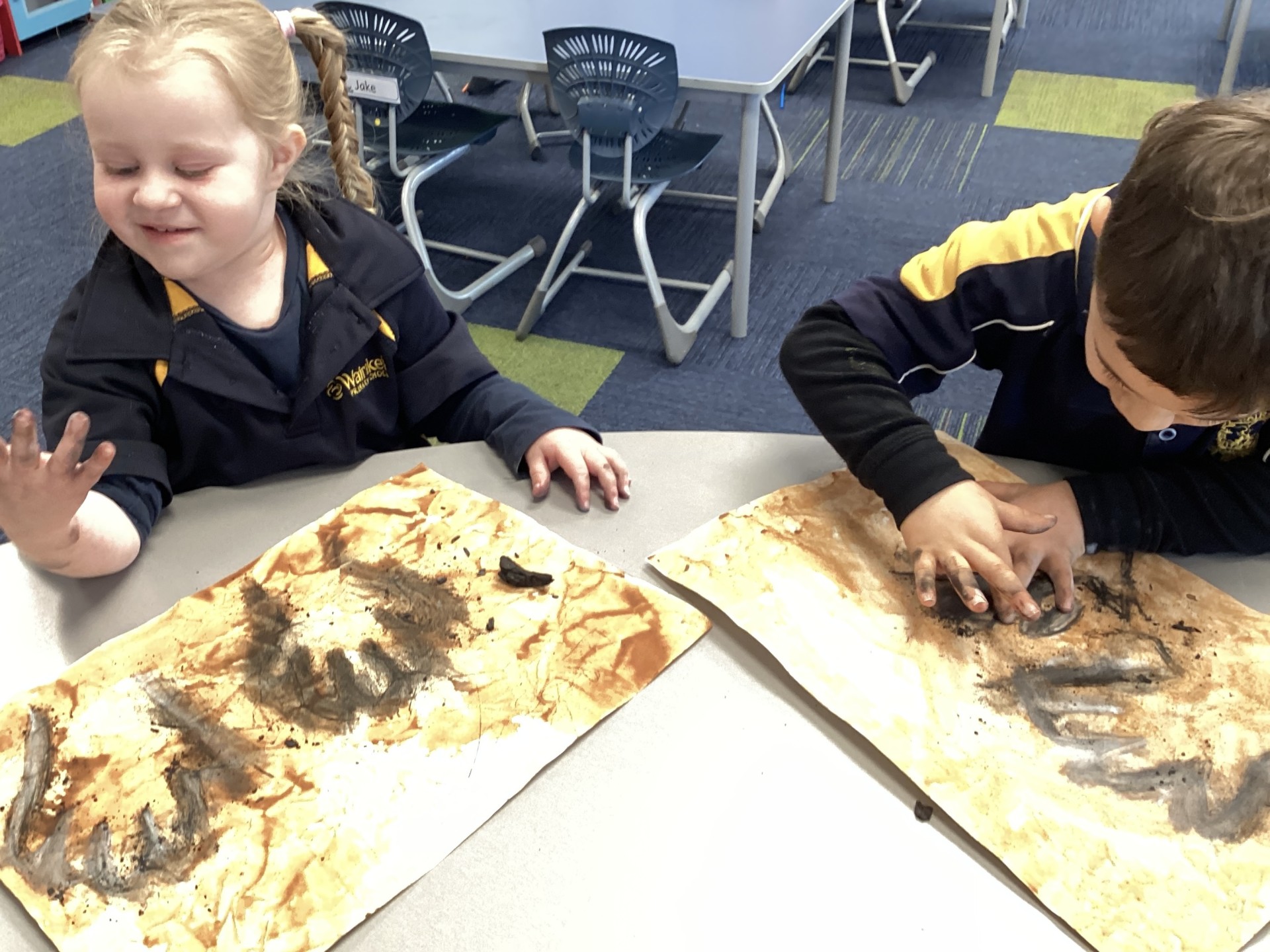
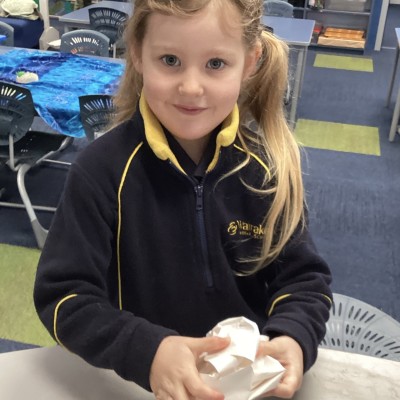
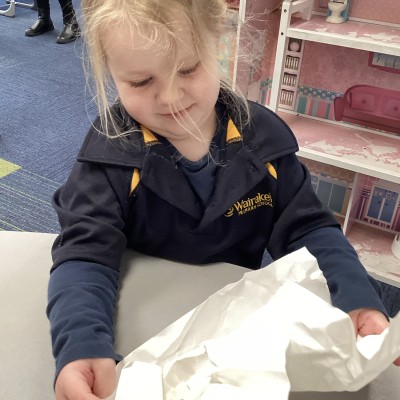
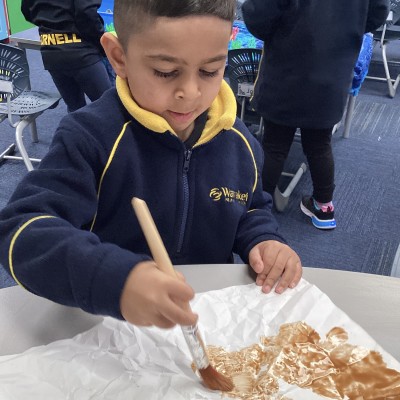
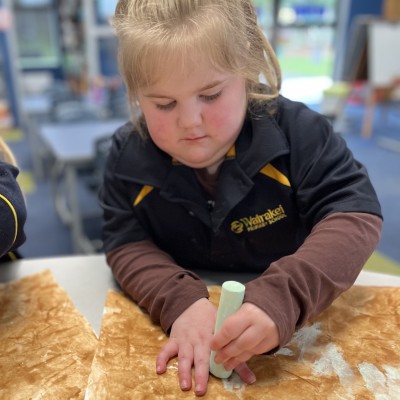
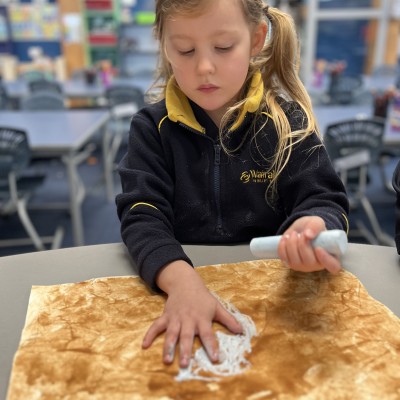
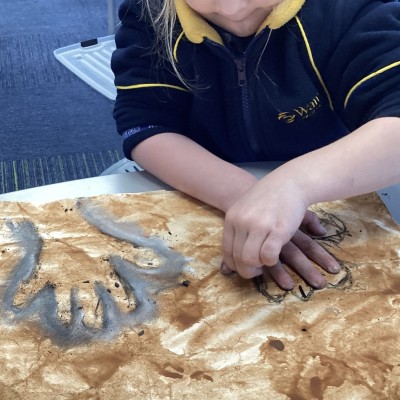

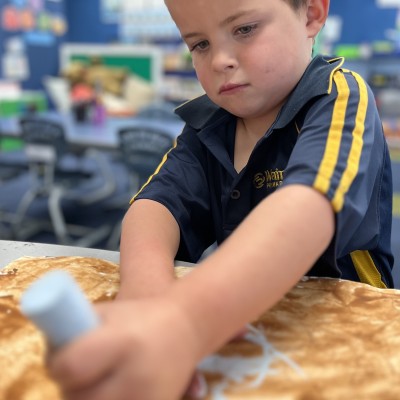
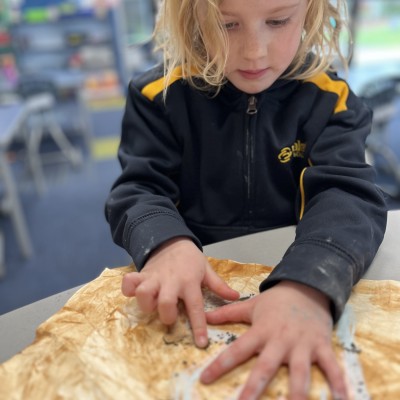
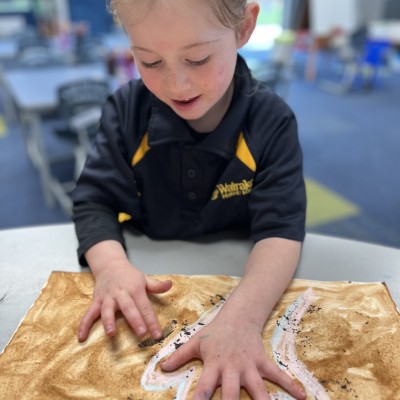
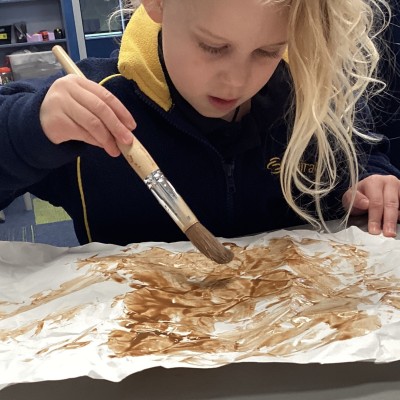
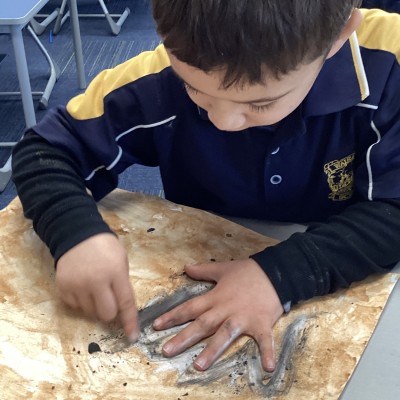
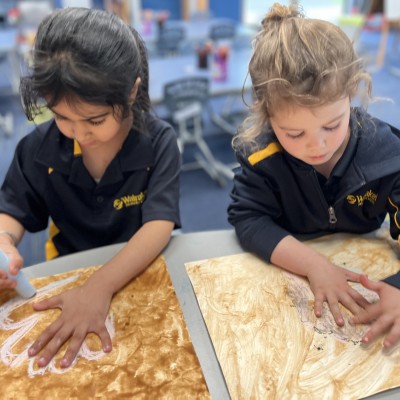
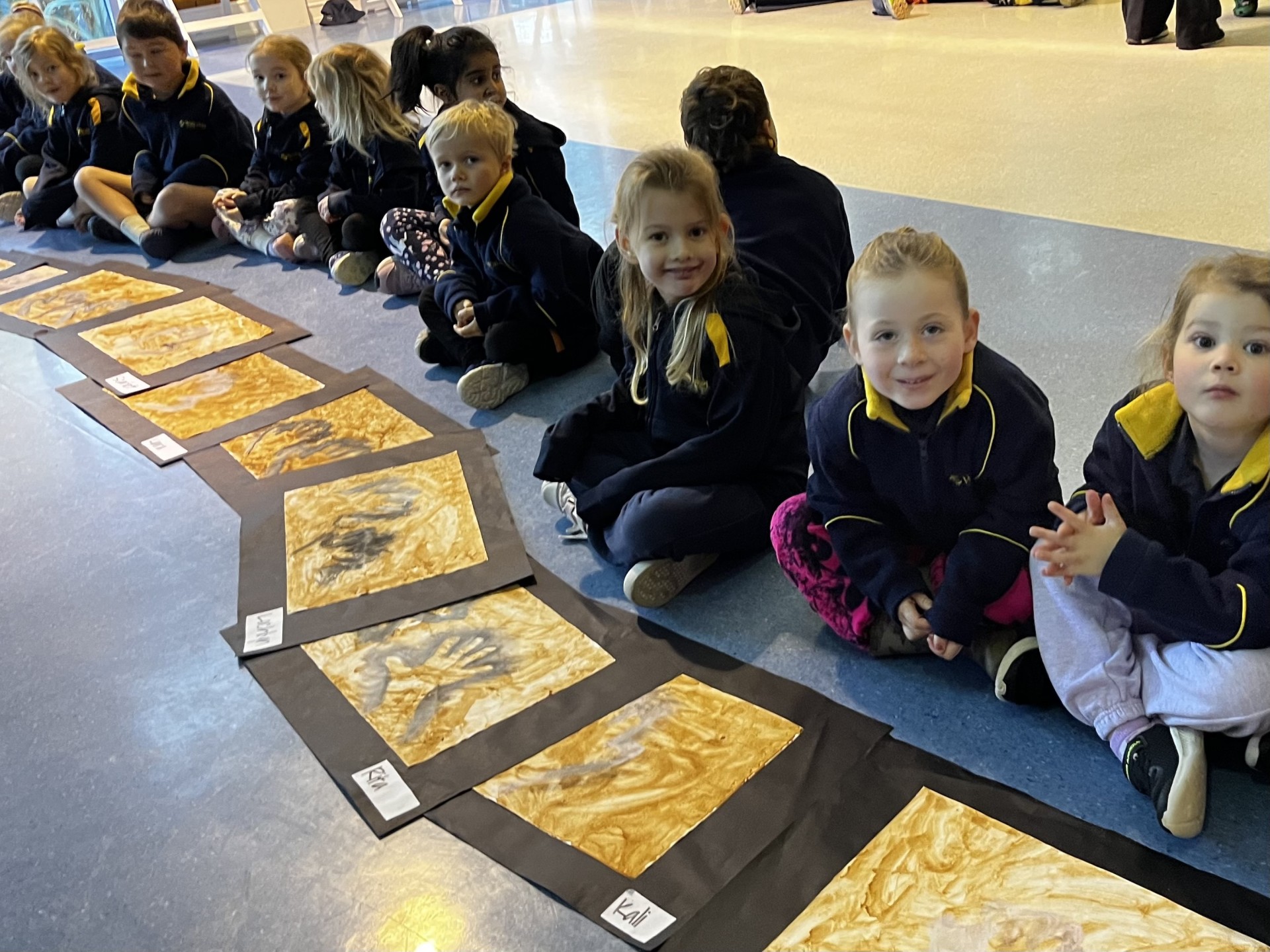
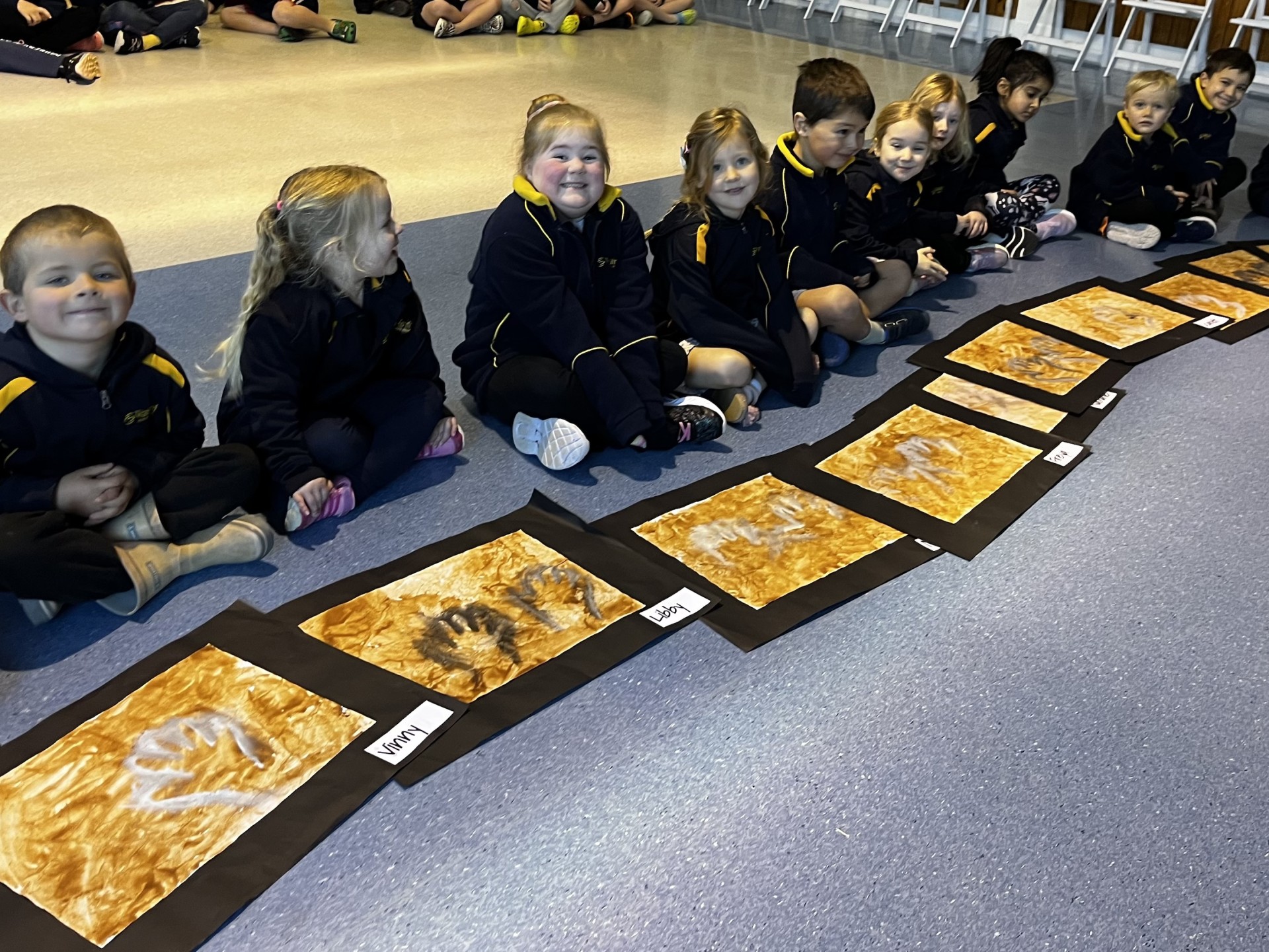
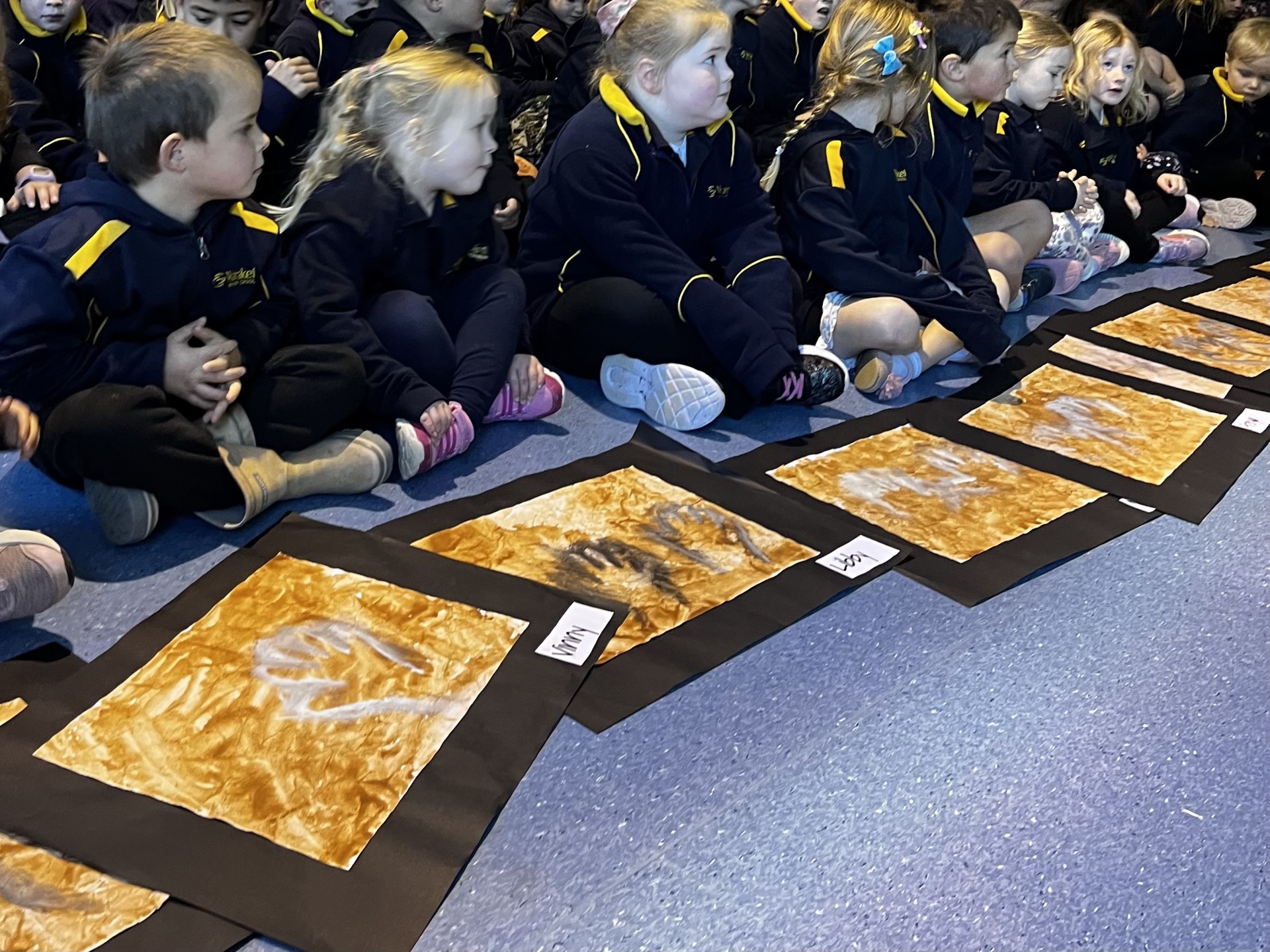

Comments
No one has commented on this post yet.